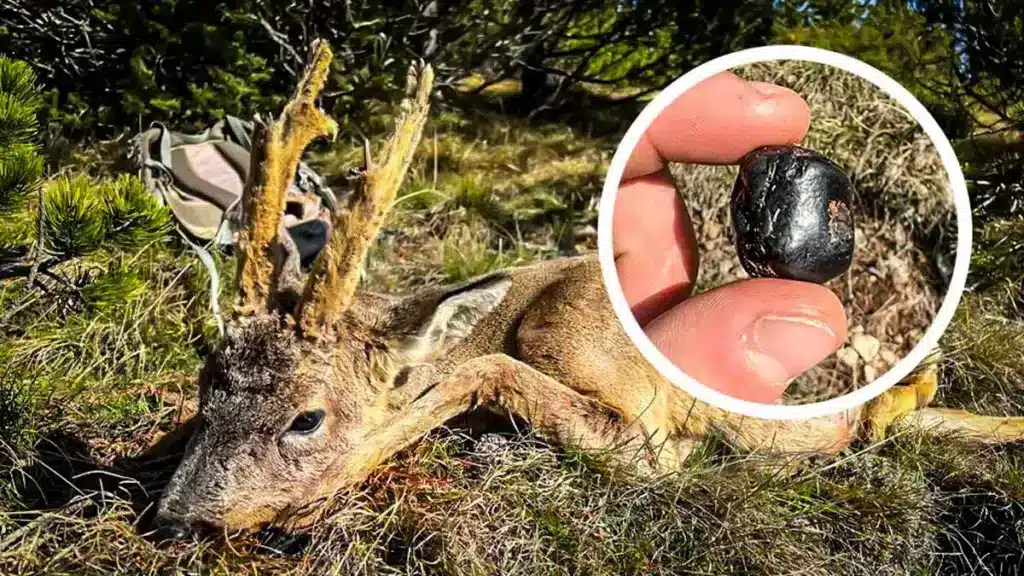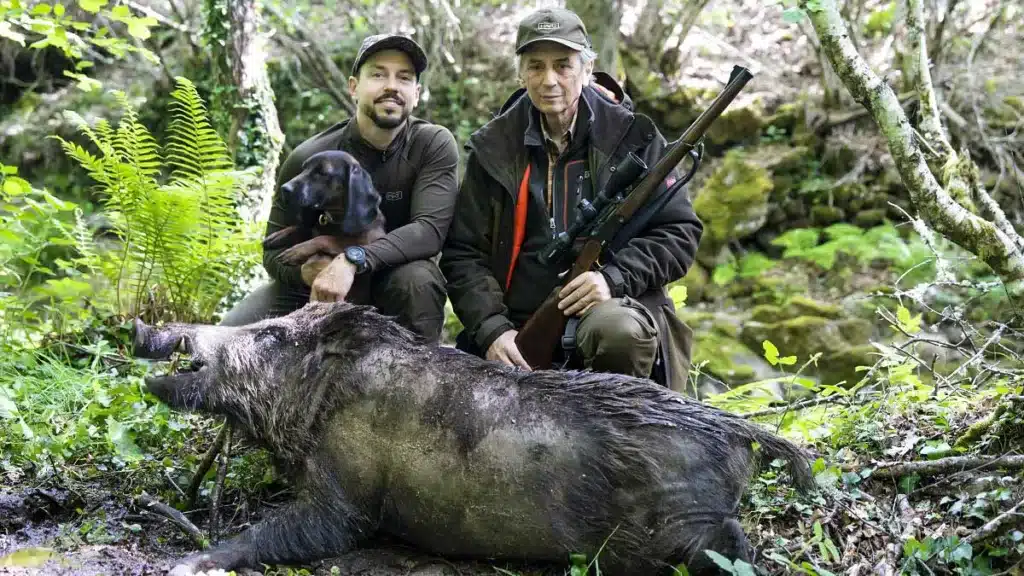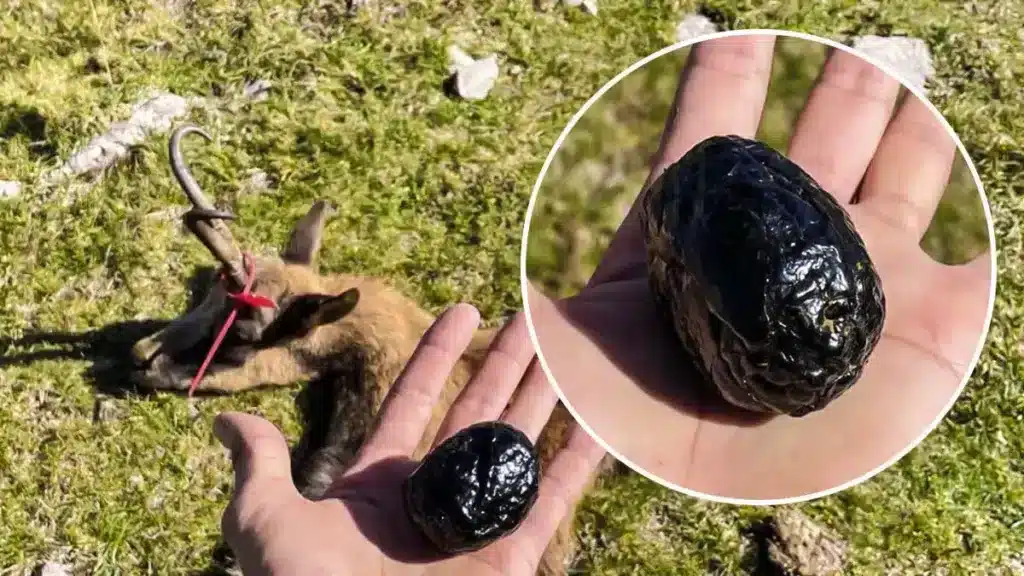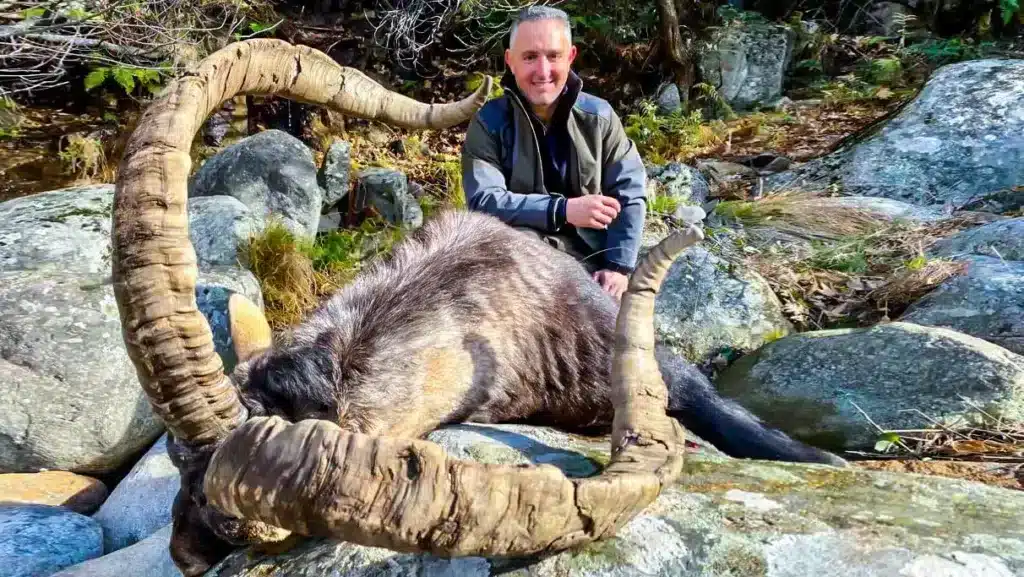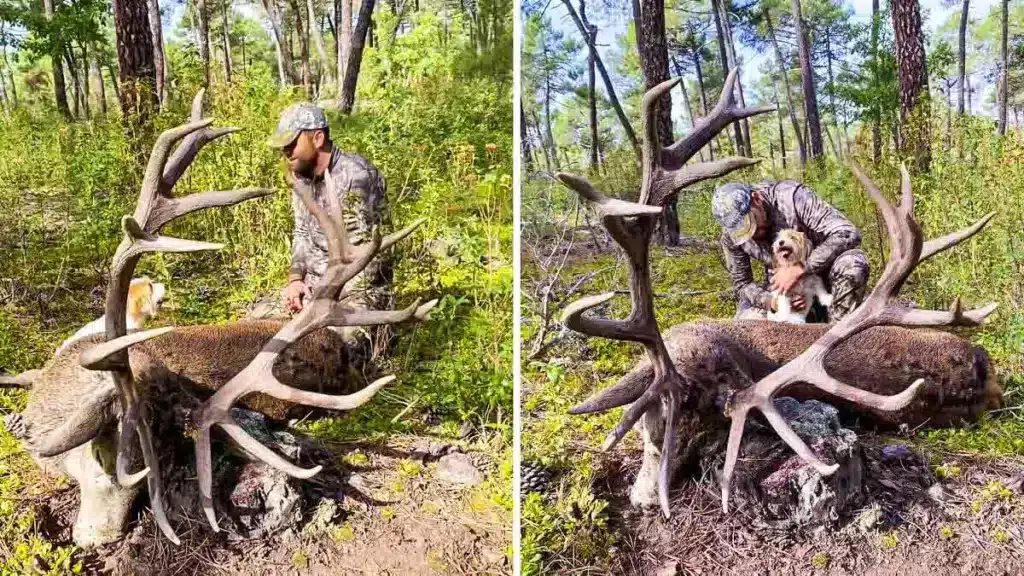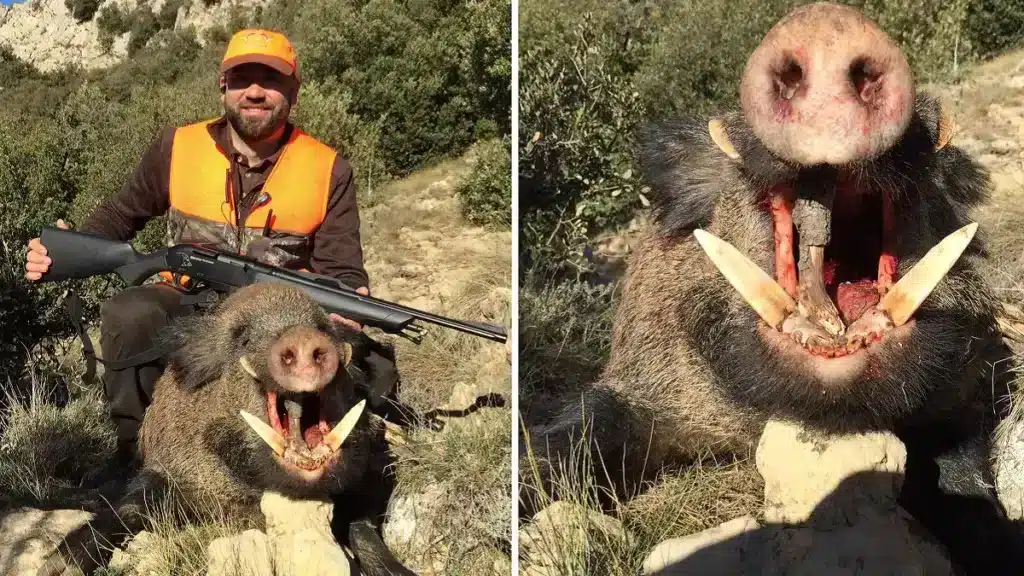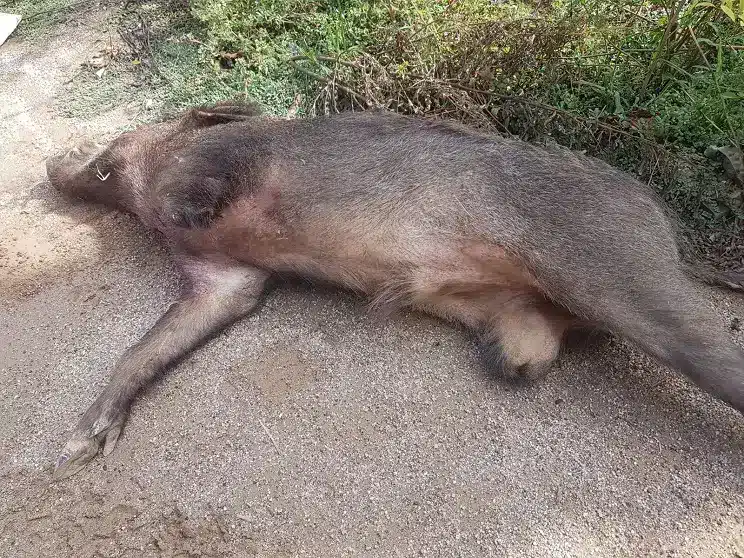There are hunting days that hold surprises that are hard to imagine. So much so that they could form part of a fictional story. The roe deer hunt that is the subject of these lines is one of them, as it has a good dose of surprise and an almost magical element that even appears in the Harry Potter books: a bezoar stone.
It all happened last Saturday in an area of the Catalan Pre-Pyrenees in the province of Barcelona, when the manager of Huntrophy, Pere Artigas, together with a client, managed to hunt a 12-year-old roe deer with a bezoar stone inside. The animal also kept the bordure in its horns, so the organiser contacted Pablo Ortega, a well known hunter, writer, hunting populariser and roe deer expert, who reported the capture on his Instagram account. Ortega analysed the images, calculated its age at around 12 years thanks to the analysis of the jaw and commented that the fact that it still had the leash “is probably due to hormonal problems resulting from its old age”.
But the most surprising thing about this animal was the fact that a bezoar stone was found inside it.
What are bezoars and why is it so important to find them in this roe deer?
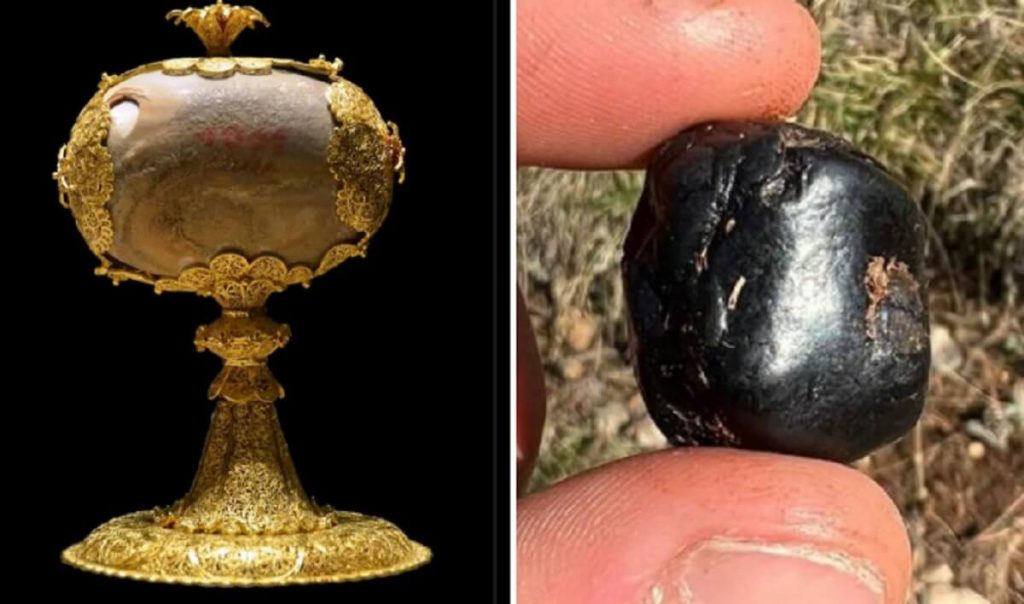
Since ancient times, the bezoar has always been considered a very valuable object as it was believed to have healing properties, especially as an antidote to poisons. In fact, the word bezoar comes from the Persian pâdzahr, which means ‘counter-poison’ or ‘antidote’. In reality, these stones are accumulations of non-digestible substances found in the stomachs or intestines of animals such as chamois, ibex and cervids, but there were no known precedents in roe deer, as Pablo Ortega commented.
The expert writer also explained that the most interesting bezoars are those that start with materials such as sand and stones and over time layers of calcium form on their surface, similar to oyster pearls, called bezoar stones or bezoar gems because of their beauty, as in this case, and have been considered semi-precious stones by some societies for centuries.
Even historically, Elizabeth I of England had a bezoar that decorated her crown and Charles V used it due to the fear of poisoning in his court.
This is how they hunted this peculiar roe deer
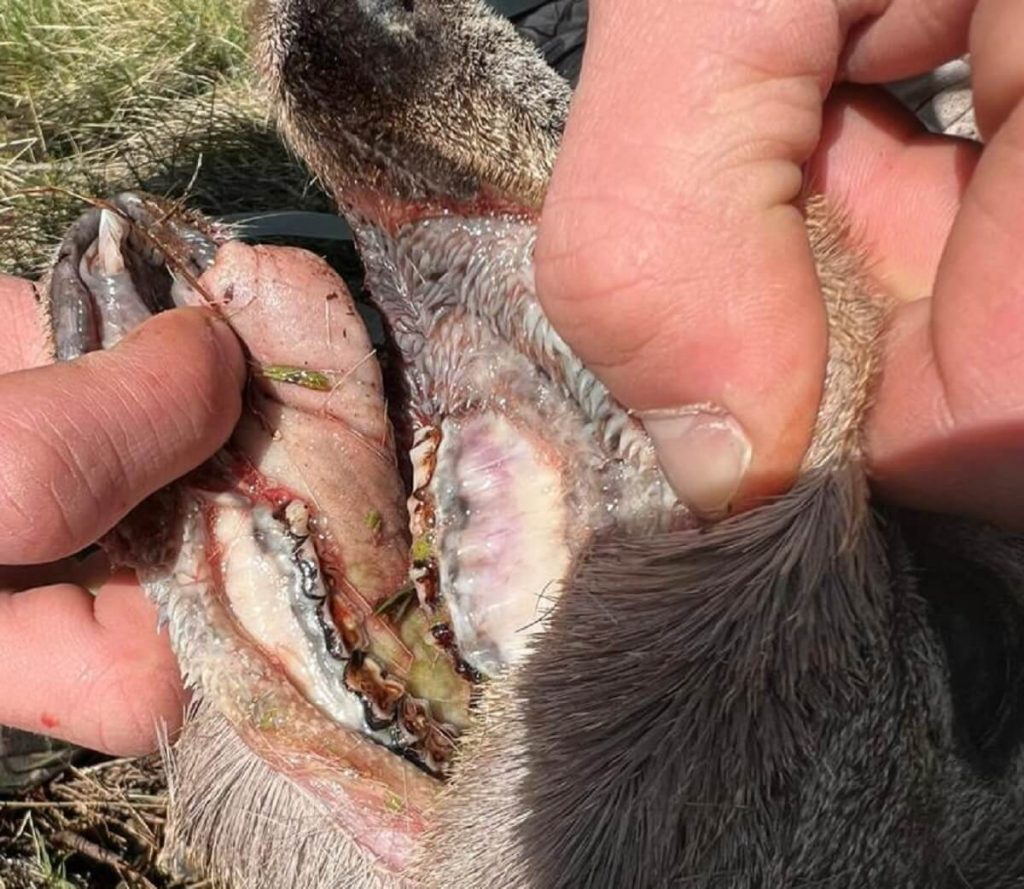
The roe deer was shot in difficult conditions, as Pere Artigas told Jara y Sedal: “We were going to hunt the last remaining buck we had in a very high mountain area. In our region, to go hunting this animal we have to start from a very low point, because there is no road access, and it takes between two and a half and three hours to get to the top,” he explains.
The day went well, and they managed to shoot the old buck. Shortly afterwards, they saw the animal appear: “It was an area of very dense pine with some very specific clearings right in the area where the chamois was hunted”, says the organic. “I immediately grabbed the spyglass, took a look and I was very surprised that the animal was still with the chamois, something that is not normal at this time of year”, he recalls. But the situation was not easy: the animal was on another slope and there was no way to get close, so they had to try to take a shot at 350 metres. “I think we were able to hunt it because it was very windy that day and the animal couldn’t find us,” he adds.
“The hunter got ready, used his 7MM rifle and shot at it with such bad luck that he missed it,” he says. The animal, being at a considerable distance, “didn’t even realise what had happened”. “It only moved three metres and went out into a clearing,” he says. The second shot was effective, in the area of the shoulder, and it fell instantly.

The surprise when going to harvest the animal
“It didn’t make sense to me that he was wearing flocking and at the same time had the body of an adult. This can be more common in young and fragile males, but this was not the case,” he recalls. “When I had it in my hands, the first thing I did was to cut the skin near the mouth to check the state of the jaw, something I always do to really know the age of the roe deer, as it is the most approximate and real way of knowing it”. And that’s when he got the surprise: “I saw that it had a brutal wear and tear. It was the most worn roe deer I had ever seen, it was very marked,” he explains.
With regard to the horn, he explains that the horn “was like leather; it’s like when an animal dies and the skin is hard, crusty; that was the horn, you couldn’t peel it off. Only the tips were sticking out, so it was a very special trophy,” he explains.
The bezoar stone came out of the shot hole
When they moved the animal to take the photographs, they observed a black stone sticking out of the shot area: it was the famous bezoar stone. When Ortega checked the information with Ortega, he told him that he was totally unaware of it in the case of roe deer: “It is something quite typical in chamois, sheep or goats, but in roe deer, as of today, there was no evidence of it occurring”, explains Ortega. “I suppose it would be because they are so old,” he says.
Why had the roe deer not been hunted for so many years?

The reason why this roe deer has lasted so many years without being hunted is that, at these altitudes, it is not often hunted: “Its density is low at this altitude”, says Pere, as it is at around 2,000 metres. “It’s a terrain of sarrios. This animal must not have had a good time in the harsh winters. When it snowed, it could only survive by eating pine needles, because that’s all there was. I can’t understand how it managed to survive for so many years,” says the hunter, surprised. Moreover, “the fact that he has lived so long is that this area is very difficult to locate and not everyone is able to get there and make a cast at such a distance”, concludes the Catalan professional.

